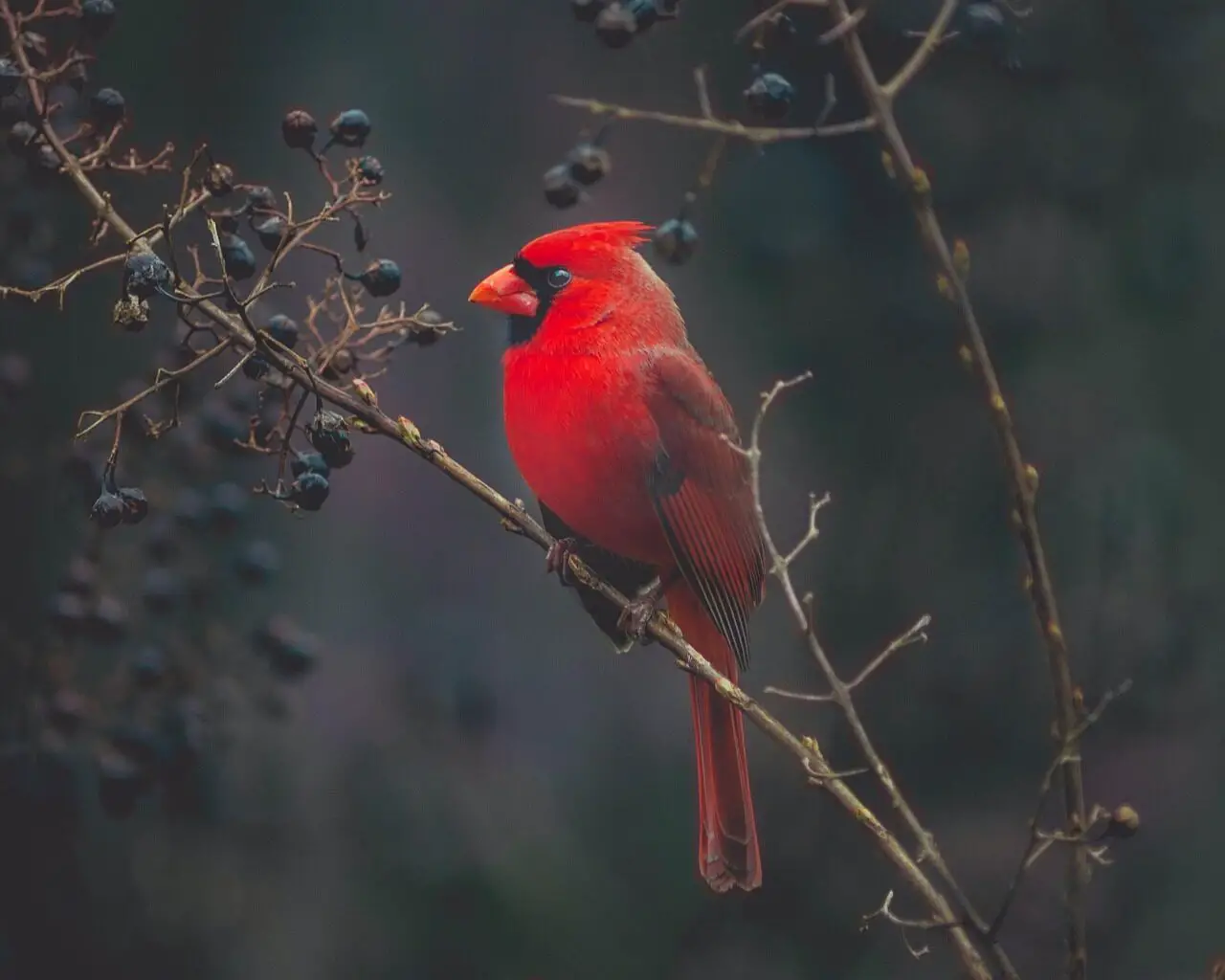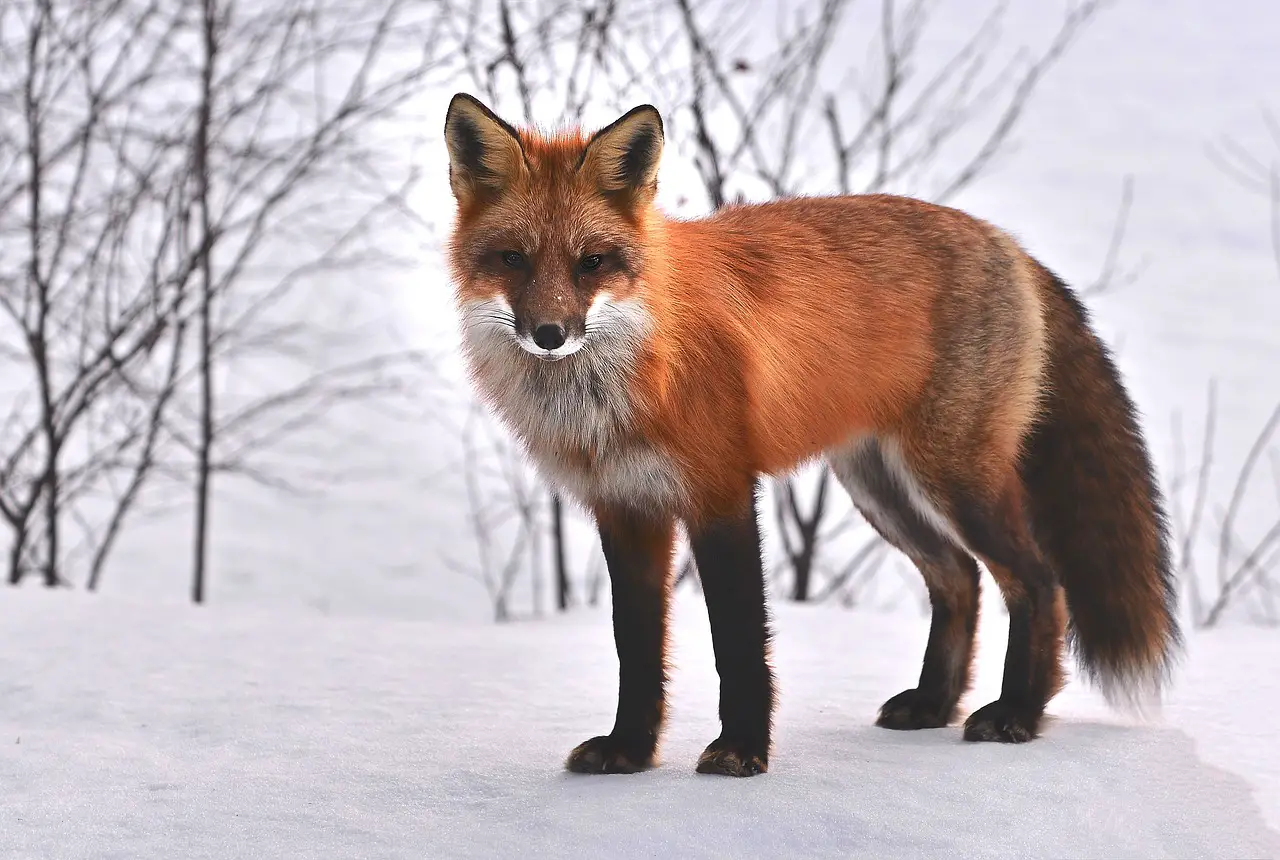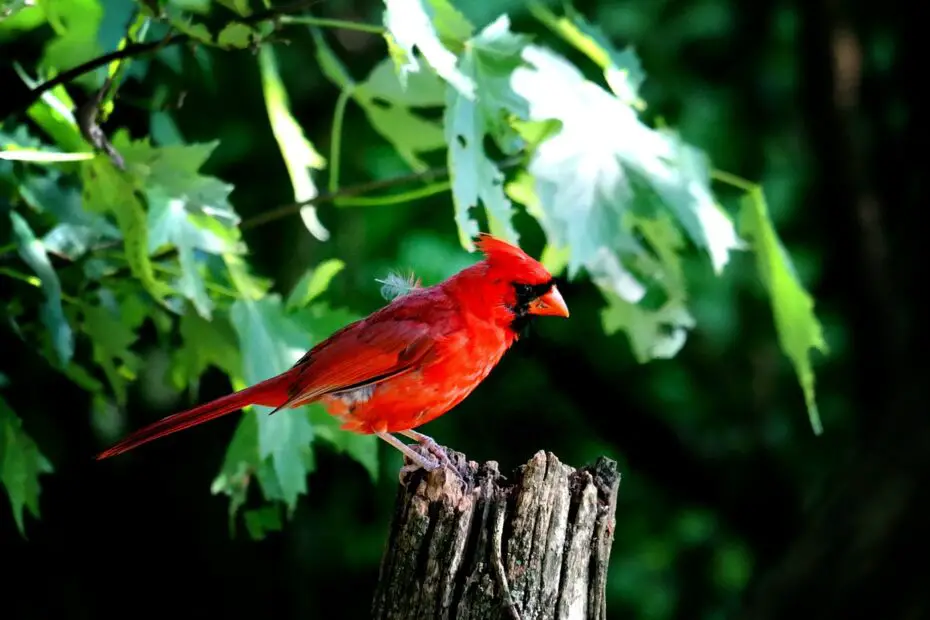1. Introduction
Nature is a vibrant canvas, painted with a stunning array of colors. Among them, red stands out as a striking hue that captivates our attention. In this article, we will explore the fascinating world of red animals, uncovering the causes of their vibrant coloration, their significance in culture and symbolism, and the role genetics play in creating their scarlet shades. Join us on this journey as we delve into the captivating realm of red animals in nature.
You may also want to read about purple animals.
2. What Causes Red Coloration?
2.1 Pigments
The mesmerizing red hues seen in animals are often a result of specialized pigments. These pigments selectively absorb and reflect light, creating the vivid red colors we observe. Let’s delve into the pigments responsible for the stunning red coloration of certain animals.

2.2 Structural Coloration
While pigments play a crucial role, structural coloration can also contribute to the red shades found in nature. Structural features, such as microscopic scales or feather structures, interact with light, producing vivid red hues through optical effects. We will explore how structural coloration adds to the beauty of red animals.
3. Examples of Red Animals
In this section, we will showcase some notable examples of red animals found across different ecosystems. From birds to mammals and amphibians, these creatures adorn nature’s canvas with their striking red hues.
3.1 Red Cardinals
The red cardinal, with its vibrant plumage, is a beloved bird species known for its scarlet shades. We will explore the significance of its red coloration, its ecological role, and the cultural symbolism associated with this majestic bird.
3.2 Red-Eyed Tree Frogs
The red-eyed tree frog boasts an unmistakable red coloration, accentuated by its vivid green body. We will discover the biological significance of its red eyes and how this unique coloration aids in camouflage and communication.
3.3 Red Foxes
The red fox, known for its fiery reddish-orange fur, is an iconic mammal that inhabits diverse regions worldwide. We will delve into the adaptive advantages of their red coloration and their role in the ecosystem.
4. Symbolism and Cultural Significance of Red Animals
Red animals hold significant symbolism in various cultures and societies. In this section, we will explore the cultural significance and symbolic interpretations associated with red animals.
5. The Role of Genetics in Red Coloration
The genetics underlying red coloration in animals are complex and fascinating. In this section, we will discuss the genetic mechanisms involved in producing the remarkable red shades seen in certain species.
6. Red Animals in Nature and Conservation
Red animals play vital ecological roles in their respective habitats. In this section, we will explore the ecological importance of red animals and the conservation challenges they face.

6.1 Ecological Importance
Red animals often contribute to essential ecological processes, such as pollination, seed dispersal, or predator-prey dynamics. We will examine the ecological roles of red animals and how their presence influences ecosystems.
6.2 Threats and Conservation
Despite their beauty, red animals face numerous threats, including habitat loss, pollution, and climate change. We will discuss the conservation efforts in place to protect these creatures and their habitats, highlighting the importance of preserving biodiversity.
7. Human Perceptions and Red Animals
The human perception of red animals is influenced by cultural, aesthetic, and emotional factors. In this section, we will explore how humans perceive and appreciate red animals and the impact they have on our emotions and cultural expressions.
8. Fascinating Facts about Red Animals
Discover intriguing and lesser-known facts about red animals in this section. From unique behaviors to incredible adaptations, these facts will provide a deeper understanding of the enchanting world of red animals.
9. Conclusion
The vibrant red shades exhibited by animals are a testament to the awe-inspiring diversity of nature. From the scarlet plumage of cardinals to the fiery fur of foxes, red animals evoke both admiration and curiosity. Their coloration serves important ecological functions while captivating our imaginations. By understanding the causes, significance, and conservation needs of red animals, we can appreciate and protect the wonders they bring to our world.
Frequently Asked Questions (FAQs)
- Are red animals more aggressive or dangerous compared to animals of other colors?
- No, the coloration of an animal does not determine its aggression or danger level. Behavior and temperament vary among species and individuals, regardless of color.
- Do red animals undergo color changes during their lifetimes?
- While some animals, such as certain fish or reptiles, can exhibit color changes due to environmental factors or physiological conditions, not all red animals experience significant color variations throughout their lives.
- Are there any mythical or legendary creatures depicted as red animals?
- Yes, various mythologies and folklore feature legendary creatures with red coloration, such as the phoenix or the fire-breathing dragon, symbolizing power, rebirth, or danger.
- Are there red animals that are venomous or poisonous?
- Some red animals, such as certain species of frogs or insects, possess venom or toxins for defense or predation purposes. However, not all red animals are venomous or poisonous.
- Are red animals more prone to extinction?
- The vulnerability of an animal species to extinction depends on various factors, including habitat loss, human activities, and population size. It is not solely determined by the color of the animal.
